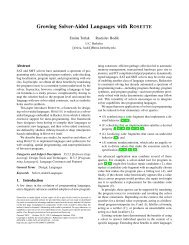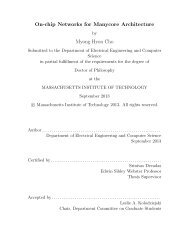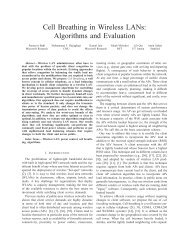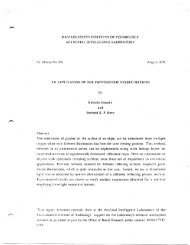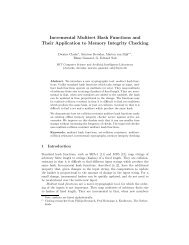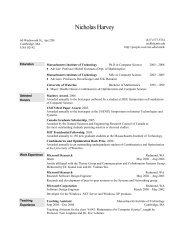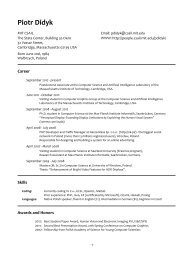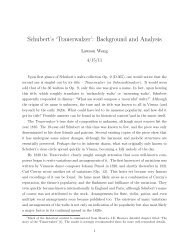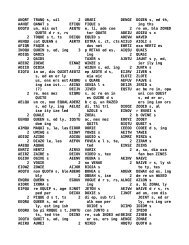Prism User's Guide - CSAIL People - MIT
Prism User's Guide - CSAIL People - MIT
Prism User's Guide - CSAIL People - MIT
Create successful ePaper yourself
Turn your PDF publications into a flip-book with our unique Google optimized e-Paper software.
V<br />
Chapter 2. Using <strong>Prism</strong> 33<br />
Chapter 2. Using <strong>Prism</strong> 33<br />
lower-bound<br />
upper-bound<br />
stride<br />
For example,<br />
[5 :25:51 pvarl<br />
is the lowest-numbered coordinate you choose along the<br />
axis; it defaults to 0.<br />
is the highest-numbered coordinate you choose along the<br />
axis; it defaults to the highest-numbered coordinate for the<br />
axis.<br />
is the increment by which elements are chosen between the<br />
lower bound and upper bound; it defaults to 1.<br />
specifies elements 5, 10, 15, 20, and 25 of the parallel variable pvarl.<br />
[0:101] [100:110:2] pvar2<br />
specifies the elements of the parallel variable pvar2 that have coordinates 0<br />
through 10 along axis 0 and coordinates 100, 102, 104, 106, 108, and 110 along<br />
axis 1.<br />
For more information about array sections, see the CM Fortran Programming<br />
<strong>Guide</strong>.<br />
2.9.4 Using C and C* Arrays in Expressions<br />
<strong>Prism</strong> handles arrays slightly differently from the way C and C* handle them.<br />
In a C or C* program, if you have the declaration<br />
int a[10];<br />
and you use a in an expression, the type of a converts from "array of ints" to<br />
"pointer to int". Following the rules of C and C*, therefore, a <strong>Prism</strong> command<br />
like<br />
print a + 2<br />
should print a hexadecimal pointer value. Instead, it prints two more than each<br />
element of a (that is, a [0] + 2, a ll] + 2, etc.). This allows you to do array<br />
operations and use visualizers on C and C* arrays in <strong>Prism</strong>. (The print command<br />
and visualizers are discussed in Chapter 5.)<br />
Version 1.2, March 1993<br />
Copyright © 1993 Thinking Machines Corporation



